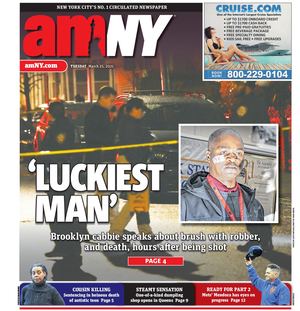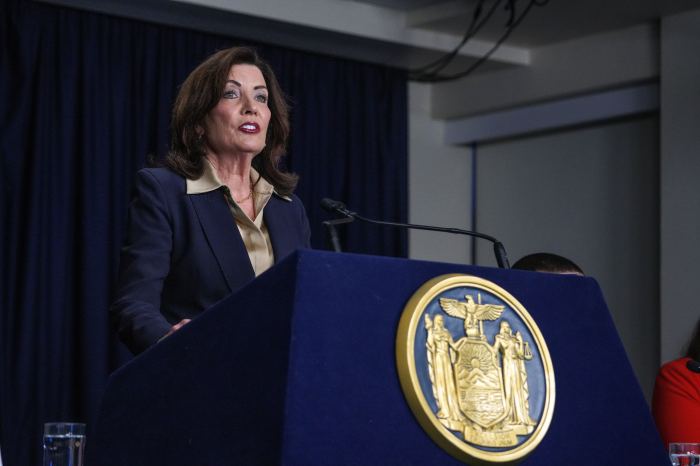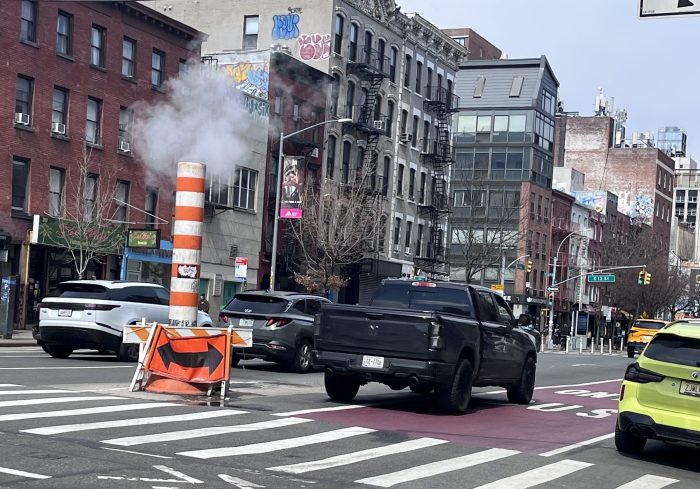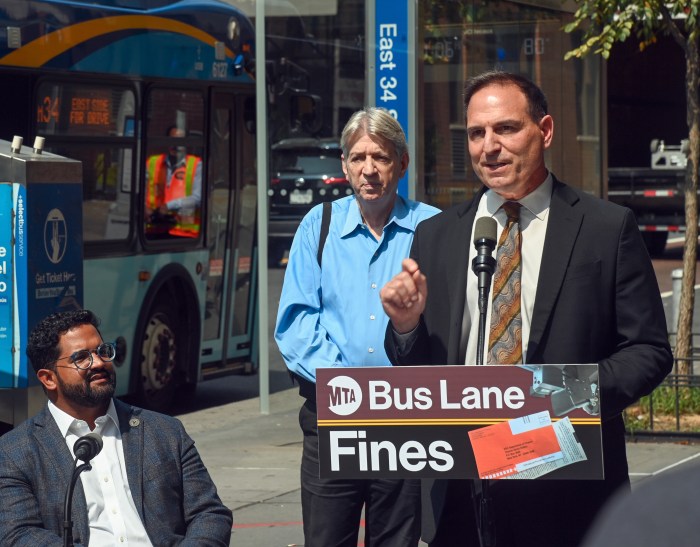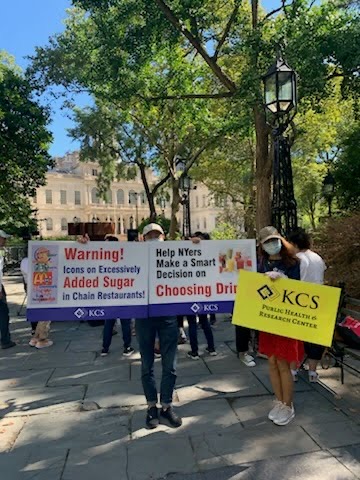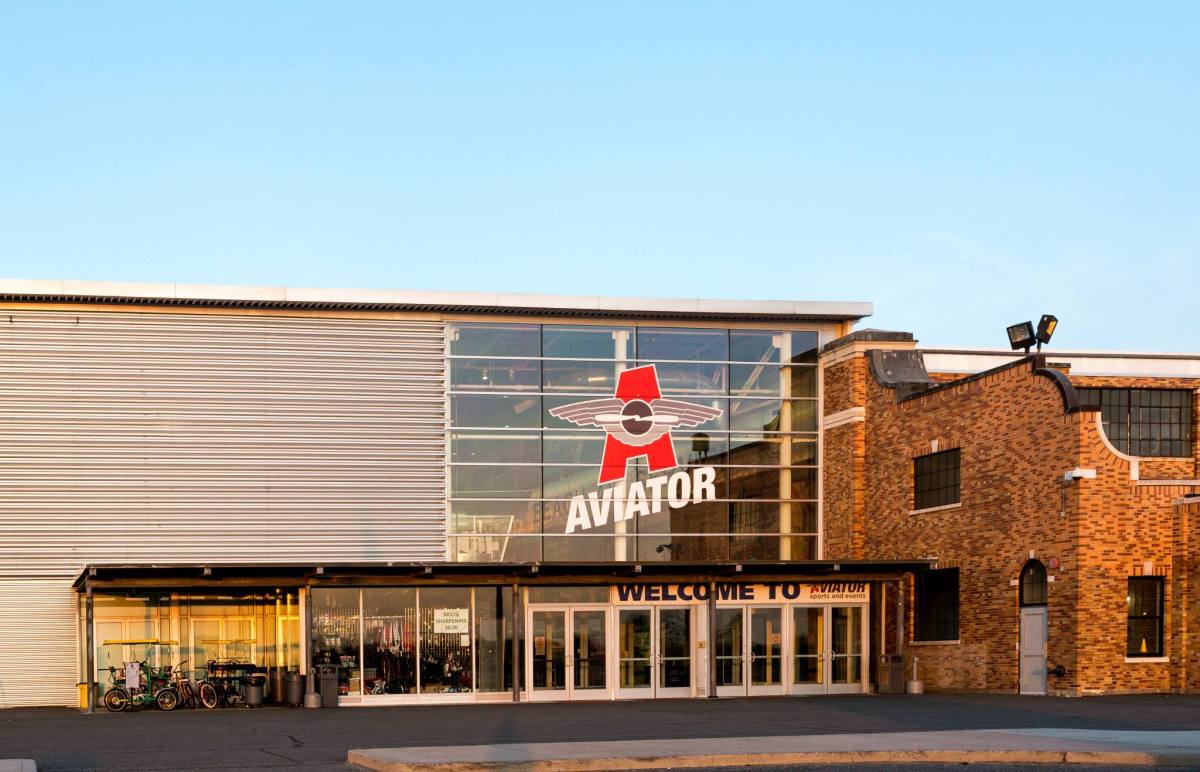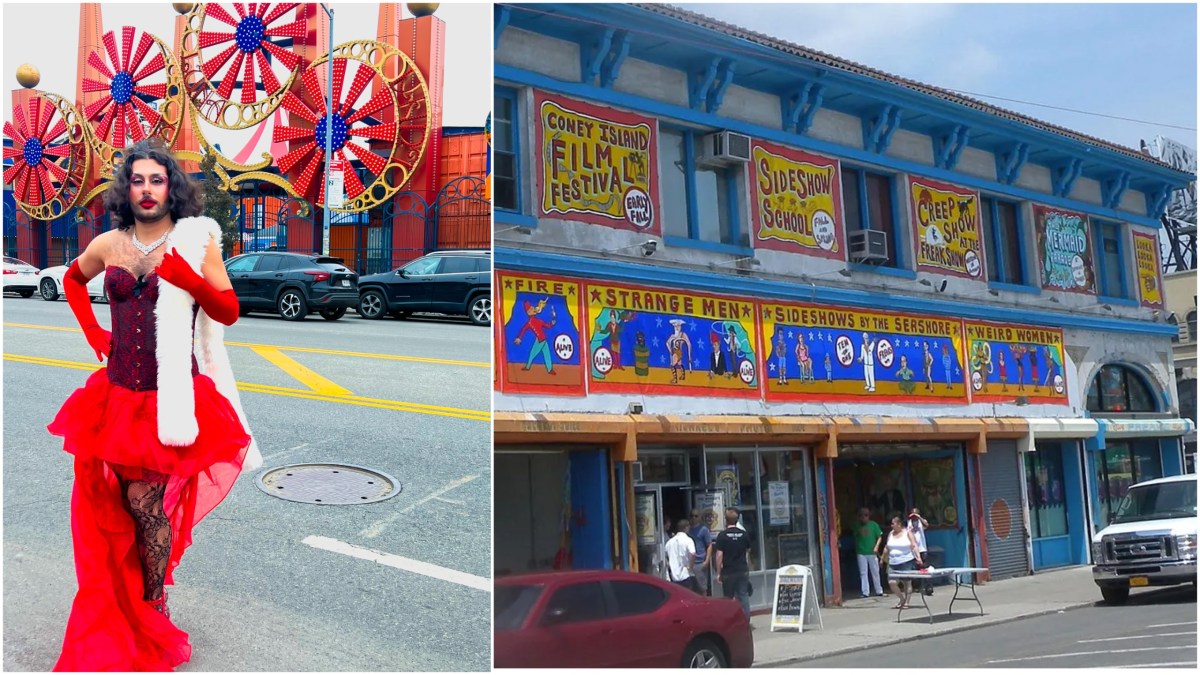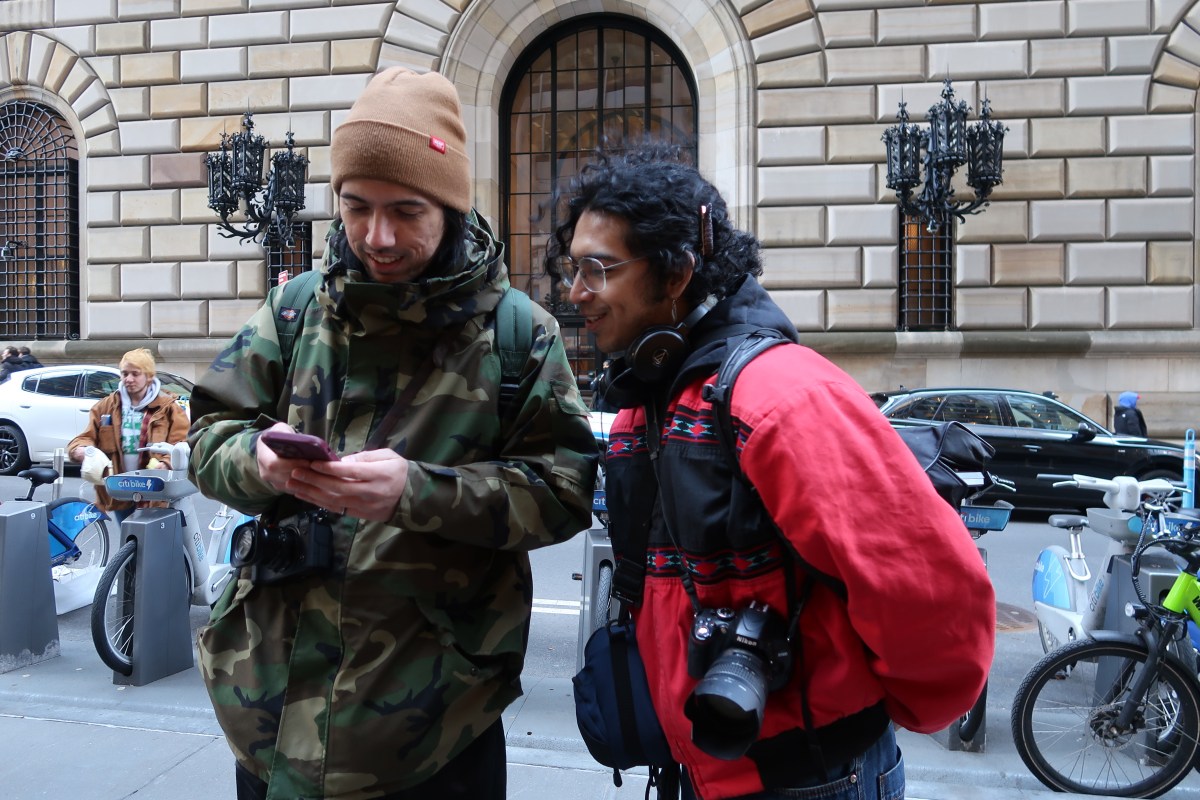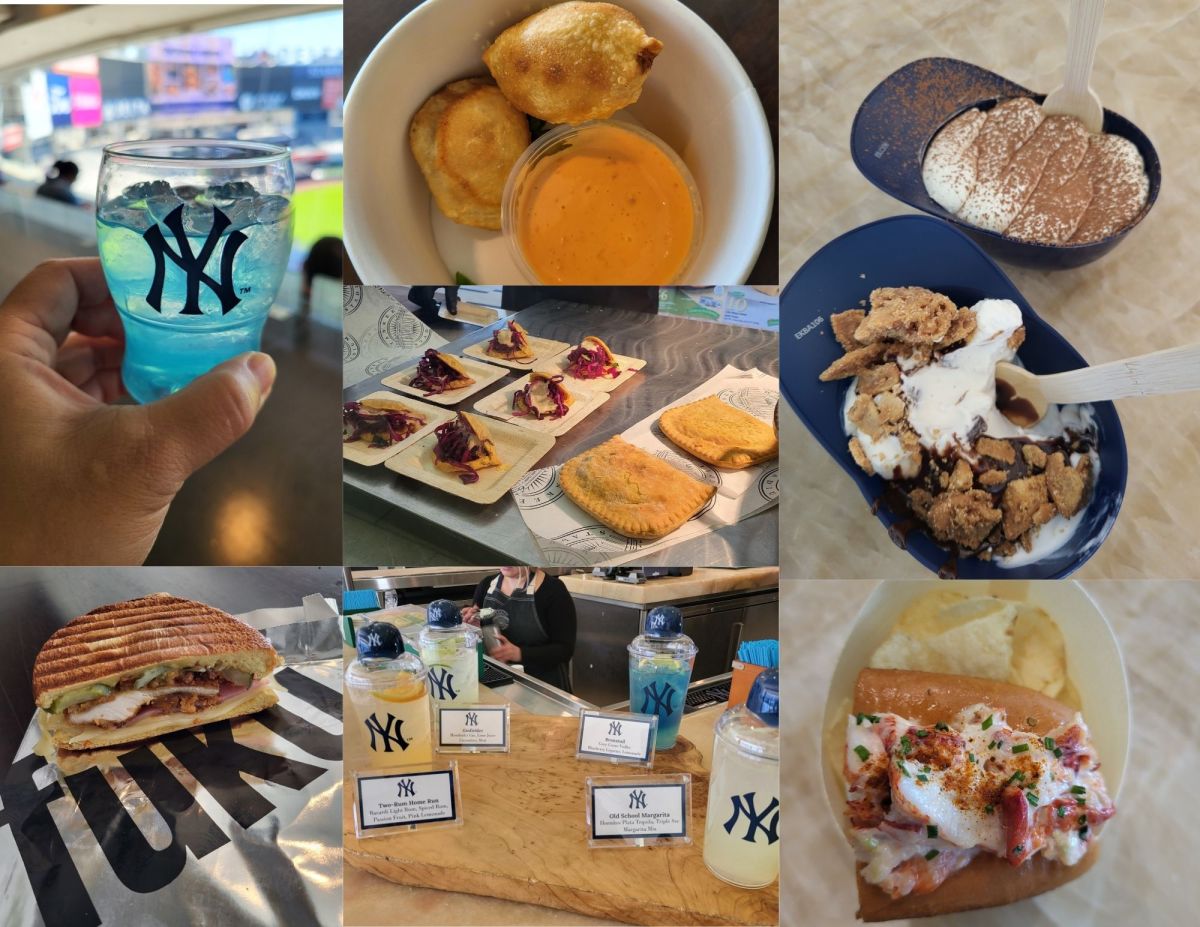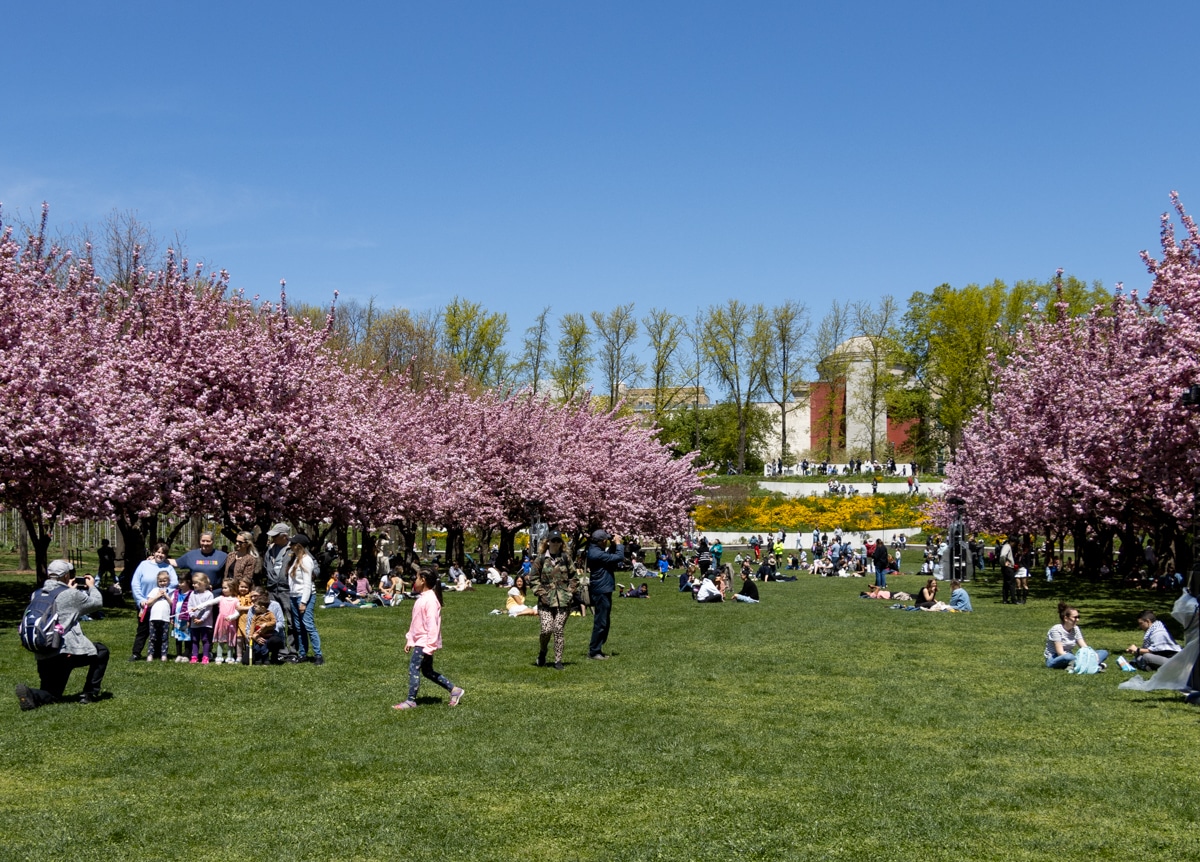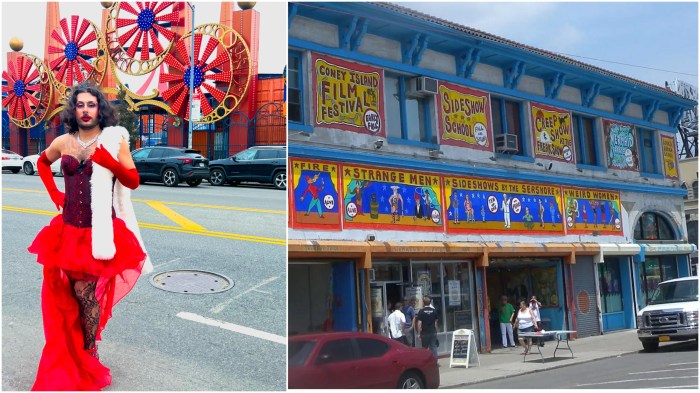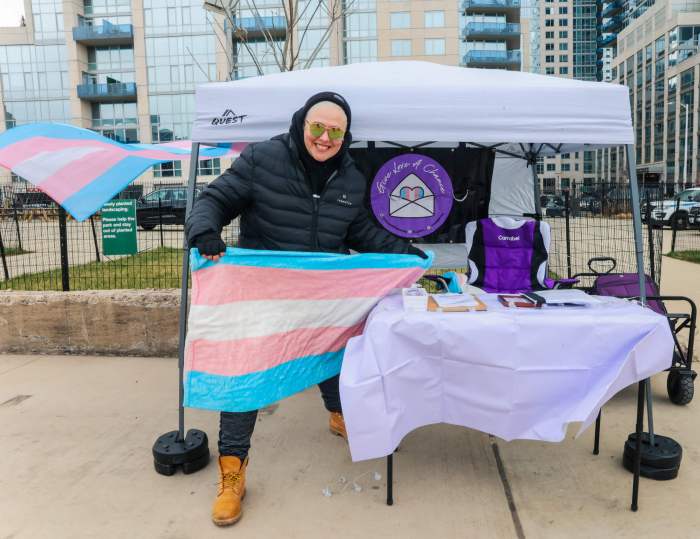One in four subway stations has a closed entrance, even as ridership has been hitting record levels, according to transit data. The closures at 119 stops create bottlenecks that make it difficult to get in and out of increasingly jampacked stations, while stores miss out on the foot traffic, according to commuters and businesses.
The stops with closures, which range from no-entry staircases to entire fare areas blocked off, include major transit hubs like 34th Street-Penn Station, Atlantic Avenue-Barclays Center, Grand Central and Times Square-42nd Street. Smaller stops are afflicted as well, such as the Carroll Street, Spring Street and Flushing Avenue stations.
Manhattan has the most stations with closed entrances, at 48 stops. They include 59th Street-Columbus Circle and Union Square. Brooklyn has 41 stations with entrance closures, such as Borough Hall, Fulton Street and Morgan Avenue. The data comes from a letter from New York City Transit to North Brooklyn state senator Martin Dilan, who has nine stations with closed entrances in his district.
Some of the entrances have been closed for so many decades that transit officials aren’t sure why they were closed in the first place. Many were shut down because of security issues, when crime was higher and ridership lower, as well as to save money on station agent staffing. A total of 298 street staircases aren’t accessible to riders, according to the MTA.
The organization ACCESS N. BK will hire a bouncer later this month to guard a closed subway entrance at the Flushing Avenue station on the J and M lines in Williamsburg — alongside velvet ropes, barricades, and other nightclub props. A large group will wait for an hour to get into the “No Entry” club, then will be turned away — since the entrance is so exclusive only transit workers can enter.
“I would consistently miss trains because that entrance was closed,” said Alan Minor, 29, a community organizer and graduate student who founded the group and lives closest to the Hewes stop.
“I would see or hear a train coming, I would sprint 2.5 blocks, go up 2 flights of stairs, and just miss the train. After that, I just stopped going to the station.”
The group says closed entrances can lead to vacant storefronts and dangerous bottlenecks — with riders often cramming into the first car or last car, rather than having more even spacing on the platform.
Mariela Pellegrini, 40, recently launched an online petition to the MTA about the closed subway entrances. She says she is frustrated that her children’s day care center is located between closed entrances on the Halsey Street and Gates Avenue subway station on the J line. The center closes sharply at 6 p.m., and she has to rush — even run — to make it there in time from her job in midtown, and pick up her sons, ages 2 and 3. She works in technology as a solutions architect.
“Coming from the city and getting there by 6 p.m. is a challenge,” said Pellegrini. She transfers from the No. 6 to the J or Z at the City Hall station when she picks up her kids after work. “It would be so much better if they could open those entrances so people could get in and out of stations.”
Yvette Garcia, a Bushwick resident who works as a case manager for people with disabilities, says the charter school of her 9-year-old son is near a closed entrance at Hewes Street — so they end up using the packed Lorimer Street station instead.
“You would think the way Williamsburg is getting overcrowded, they would realize all of these stations need both exits open,” said Garcia.
Grand Street’s Business Improvement District also said they have been trying to reopen a closed subway entrance on Union Avenue and the northeast corner of Grand Street for about three years. It has been closed for decades.
“People would come out onto Grand Street, and that would improve commerce, enhance the economic development of the area,” said Artineh Havan, the BID’S executive director. “People use the L a lot, especially with new development and residential buildings coming in, and it’s going to get even more crowded.”
The MTA said it is receptive to opening subway entrances as the transit system’s ridership continues to soar. To cope with the crowds in the short-term, it has added platform conductors and staged maintenance workers to quickly respond to problems as they develop. In the long-term, it is modernizing its signal system to run more trains.
“The MTA has been setting modern ridership records almost every month, and as we try to accommodate more than 6 million customers on our busiest days, we’re looking at ways to expand capacity everywhere in the system — including analyzing whether some closed parts of subway stations could be reopened,” said spokesman Adam Lisberg.
